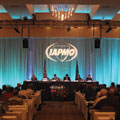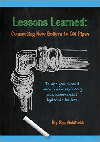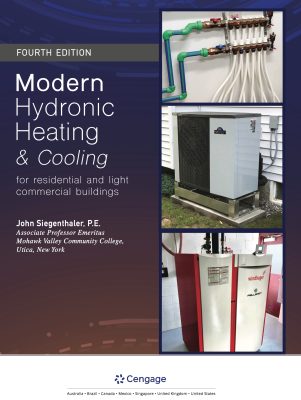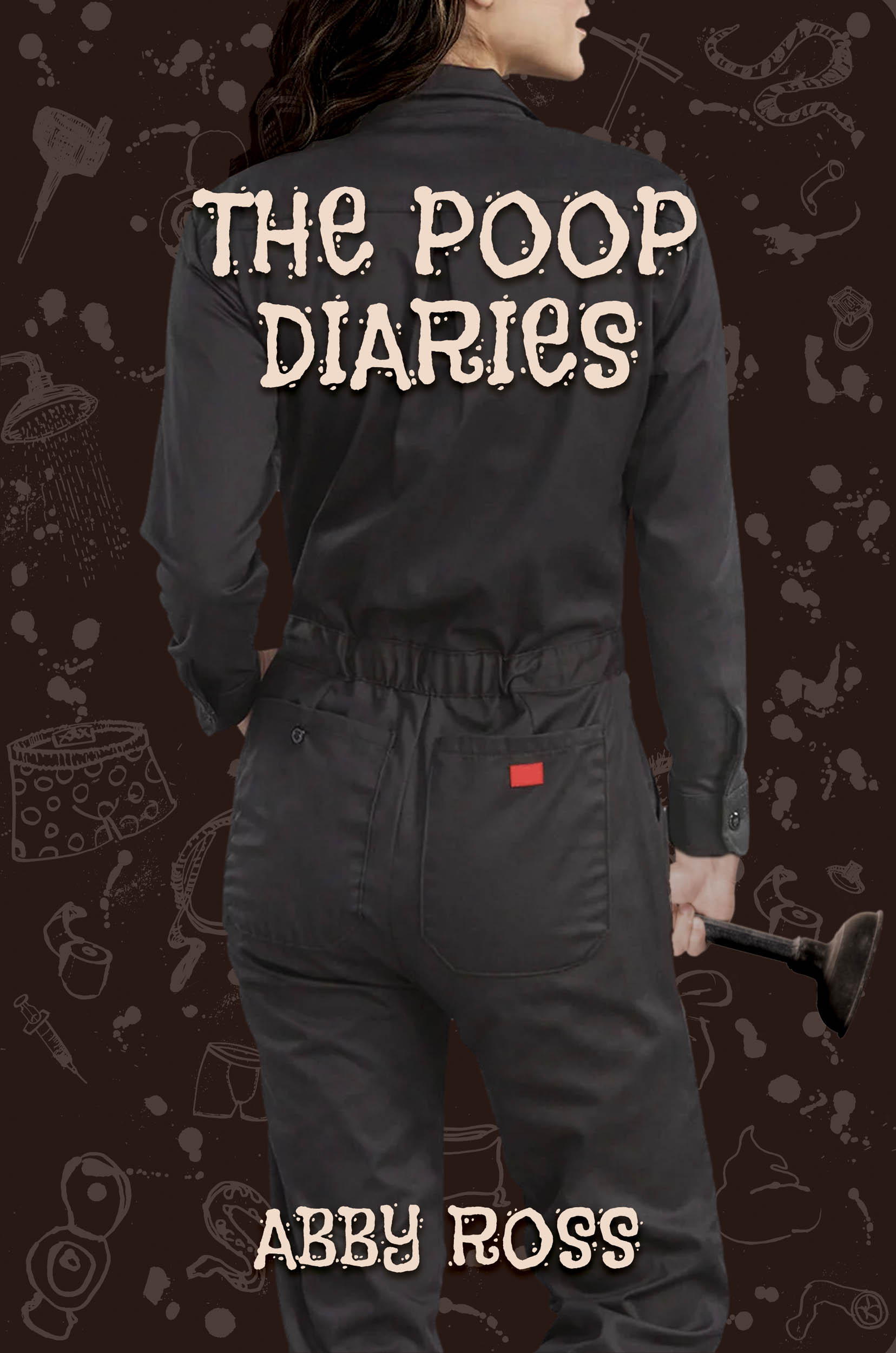
The UPC Assembly
consideration session at IAPMO’s annual conference in Seattle earlier this year. IAPMO and ASPE
have entered into a memorandum of understanding to work closer together on code
development.
One of the last responsibilities I had as president of the American Society of Plumbing Engineers was to sign a memorandum of understanding with IAPMO. ASPE had already done the same with the International Code Council.
In this MOU, ASPE and IAPMO pledged to work together. In particular, one of the areas the two groups plan to work closer together on is code development.
What ASPE can bring to IAPMO is the technical engineering knowledge in plumbing design. This information can then be included in the Uniform Plumbing Code and used in jurisdictions adopting the code.
It should be noted that ASPE and IAPMO have long worked together in the code arena. ASPE has a seat on IAPMO’s Plumbing Technical Committee and Mechanical Technical Committee. As such, they are deeply involved in the development of the UPC and vote on the code changes.
That, however, does not mean all of the ASPE code changes and concepts are accepted in the UPC. There is still an old guard part of the membership that tends not to support new concepts, especially changes that involve plumbing engineering. To some, the old guard reared its head at the IAPMO convention in Seattle at the end of September.
The annual IAPMO convention included a review of the code changes to the 2012 UPC. This year’s code change review is considered somewhat meaningless. The membership can merely recommend a change to the Plumbing Technical Committee’s action on the proposals that have been published. Anyone can subject a similar recommendation without having to attend the annual meeting. Hence, the code change review is more for grandstanding than anything else. It is not until next year’s meeting, when final action is considered, that the votes have any meaning.
However, grandstanding is exactly what happened. Anyone in attendance would agree that a large segment of those attending the annual meeting were well-organized. They made no attempt to hide the fact they had a sheet in front of them indicating which code changes to oppose or support.
Air Admittance Valves
On the wrong side of this group were the changes submitted by ASPE-not that there were many. ASPE submitted a code change on air admittance valves that was proposed to the UPC appendix. The proposal would require an engineer to design a venting system using air admittance valves in accordance with the new section. Any design would have to be signed and sealed by the engineer. The section outlines all of the limitations for the use of air admittance valves.To the old guard, an air admittance valve is a four-letter word. It’s a term they believe should never appear in the UPC. That’s all there is to it.
It didn’t matter that the engineered design section of the UPC already permits air admittance valves. The old guard would rather not even mention the requirements. When it was pointed out that without the requirements, the authority having jurisdiction has no means of reviewing an engineered design using air admittance valves, it didn’t matter.
Listening to the testimony against air admittance valves was comical. After hearing everything, it sounded like air admittance valves are going to kill people, despite the fact an estimated eight million are installed in the U.S. (including two in my own home).
Being very organized, the membership recommended that the engineered section on air admittance valves be denied. The Plumbing Technical Committee had recommended acceptance of the change.
Siphonic Roof Drain
The other ASPE change that was attacked had to do with siphonic roof drainage systems. Simply stated, the old guard doesn’t understand siphonic roof drainage, so they refused to accept it.One of their concerns is that only a plumbing engineer can understand the design and sizing of a siphonic roof drainage system, so why include it in the plumbing code used by contractors and inspectors? For some reason they forgot plumbing engineers use the code, too.
The siphonic roof drainage code change was recommended for denial. The Plumbing Technical Committee had recommended approval of the change.
Rainwater Catchment & Refrigerator Ports
Not everything related to ASPE lost out. One of the green code changes included a reference to the new ASPE design standard on rainwater catchment systems. There was some discussion on the code change, but there was overwhelming support for adding the requirements to the code. This series of changes will bring the UPC to the forefront in reclaimed water, rainwater harvesting and graywater systems.One change that was particularly gratifying to me was to mandate locking caps or some other secure measure for refrigerant ports on outdoor air conditioning units. This change was submitted byMona Casey, who lost her son to huffing refrigerant from a neighbor’s air conditioner. The Mechanical Technical Committee recommended denial of the code change.
The testimony in support of the code change was overwhelming. When the vote was taken, it was unanimous. In all the years attending the IAPMO convention, I cannot remember one vote having testimony that received unanimous support. This was a first.
The Future
With the MOU in place, it should be interesting to see if the old-guard membership embraces the ASPE code changes. With the two groups working together, one particular area of emphasis will be in the understanding of engineered concepts. This will have to include introducing new concepts in the UPC.I have faith that the ASPE and IAPMO relationship will do well. The old guard will adjust. I anticipate that ASPE will provide great engineering contributions to the UPC.
In the future, look for more recognition of plumbing engineered design in the code.





